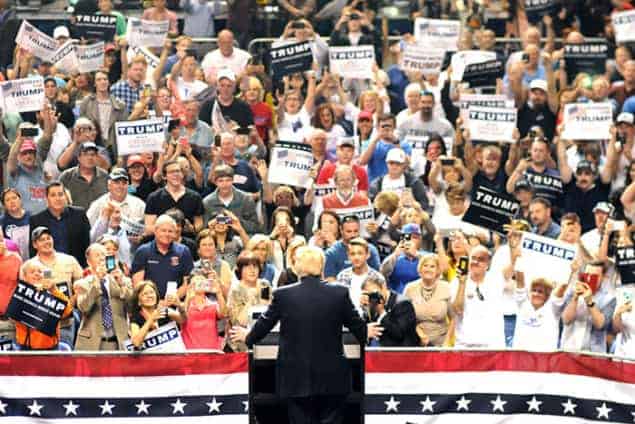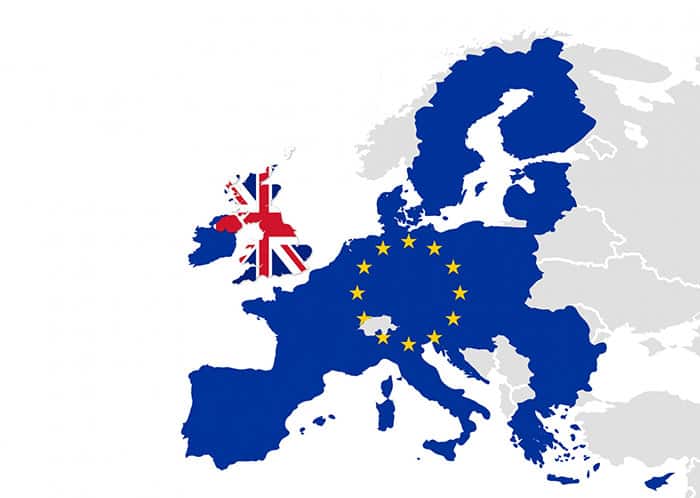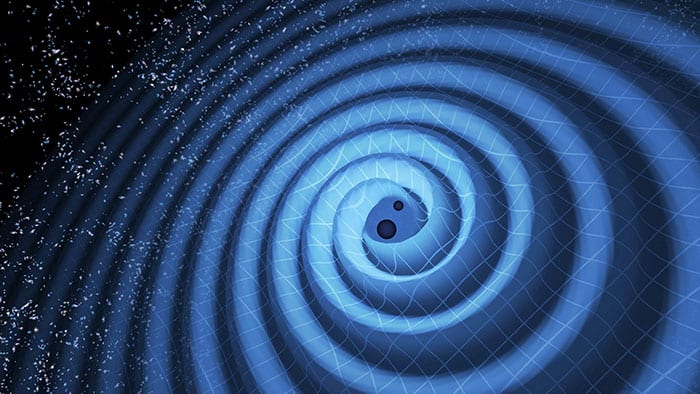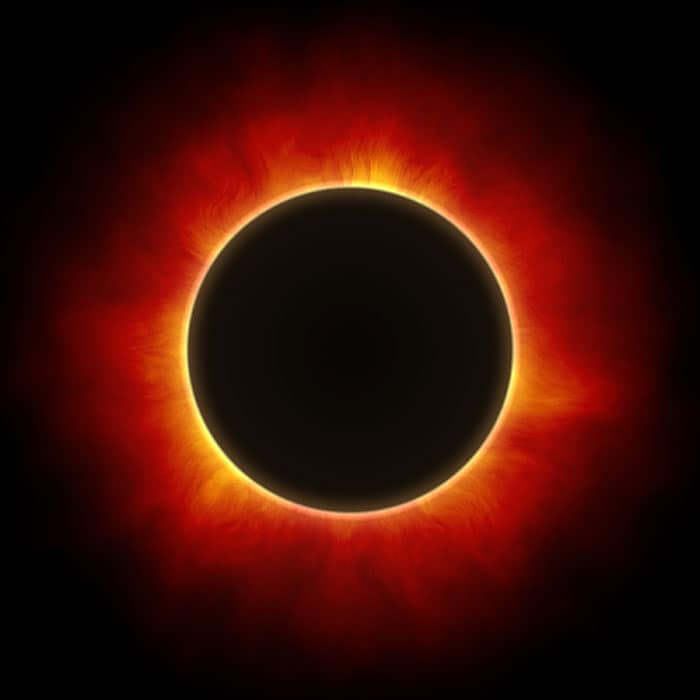
“This election is said to have been about rejecting the political establishment. We cannot let that mean rejecting established facts”. So said Rush Holt, chief executive of the American Association for the Advancement of Science, in a powerful recent editorial in its journal Science. Holt – a physicist who served for 16 years as a Democrat in the House of Representatives – has been one of many voices to speak up for the value and integrity of science following the election of Donald Trump as US president.
But as a new year dawns, a worrying time lies ahead for the US physics community as Trump eases climate-change sceptics into positions of power, dismantles environmental rules laid carefully in place by the Obama administration and quizzes Department of Energy officials about their role in climate-change negotiations. It’s not just that funding for science is a low Trump priority; more that he’s likely to ignore scientific evidence in informing policy decisions.
The signs do not look good. Trump has already nominated Scott Pruitt – attorney general of Oklahoma who asserts that scientists disagree about global warming – to head the Environmental Protection Agency, triggering fears that Pruitt may favour the fortunes of the fossil-fuel industry at the expense of the long-term health of the planet. Former Texas governor Rick Perry, meanwhile, has been nominated to replace physicist Ernest Moniz to head the Department of Energy – an organization he once said should be “eliminated”.
Reports also suggest that Republican Representative and climate-change sceptic Thomas Massie is the frontrunner for the key position of presidential science adviser. That role has been held for the last eight years throughout the Obama administration by respected physicist John Holdren. He has been widely admired by the scientific community for issuing advice to government officials on how to remove political interference from science policy-making.
Worryingly, one Trump adviser – James Carafano of the Heritage Foundation – has even called for the axing of the Office of Science and Technology Policy, which is headed by the presidential science adviser. Carafano’s reasoning is that Trump has other sources of scientific advice available to him, though who they are remains unclear. Indeed, the transition team has virtually no-one familiar to the scientific community to whom scientists can relate their concerns and advice.
It will fall to US scientific societies, led by the AAAS and the American Physical Society, to form contacts with the Trump team and ensure science remains on an even keel. But they will have work on their hands and uncertain times lie ahead.
Bumpy times ahead

Over in Europe, life will not be straightforward for physicists either. Britain’s vote to leave the EU will threaten EU funding for UK physicists and place question marks over the status of EU researchers in the UK – as well as of British physicists working at EU institutions. It’s vital, therefore, that the UK physics community pushes for the UK to remain a full part of EU research programmes – coupled with free movement of individuals – and receives support in that endeavour from European colleagues.
Physics is an international discipline that works best when people can move easily between nations, spreading their experience and skills. However, the rise of anti-immigration sentiment across the continent, typified by the Brexit vote, is likely to lead to further uncertainty for scientists too, especially with national elections due next year in France, Germany and the Netherlands. All eyes will be on whether the physicist-turned-politician Angela Merkel, who has been a solid supporter of science over the last 12 years, can stay on for a fourth term as German chancellor.
The coming year will be a bumpy ride too in South America. Researchers in Argentina have been protesting strongly over recent budget cuts by president Mauricio Macri. Particularly badly hit will be the National Scientific and Technical Research Council, which will see the number of new researchers supported drop to 385 next year, compared to 900 last year. In Brazil, meanwhile, its plans to become an associate member of the CERN particle-physics lab could be scuppered if its €1.1m debt to the Geneva facility doesn’t get paid.
One country where we can be sure physics can go from strength to strength is China, which already publishes about a fifth of all research papers in the world and is building a host of top facilities. Apart from putting the finishing touches to its massive new China Spallation Neutron Source, 2017 will see the country send its first sample-return mission to the Moon. China is also about to launch a satellite to monitor how much greenhouse gas the country is creating. TanSat (Tan means “carbon” in Chinese) is designed to collect more data than existing, similar satellites (GOSAT of Japan and OCO of the US). Keep an eye out for Physics World, which will produce another special report – our third to date – on China next July.
Extreme events

In astrophysics and cosmology, we’re likely to see more exciting findings from the LIGO collaboration, which not only bagged the 2016 Physics World breakthrough of the year for the first ever detection of gravitational waves but also recently switched on its twin detectors on for its second science run. The Livingston detector now has a 25% improvement in sensitivity, allowing it to spot black-hole mergers at greater distances. The sensitivity of the Hanford detector is similar to the first run, but the power of its laser has been ratcheted up and the detector is more stable, increasing the time the detector is operational.
Over at CERN, particle physicists at the Large Hadron Collider (LHC) are celebrating a successful 2016, having observed more than 6.5 × 1015 proton–proton collisions at an energy of 13 TeV – greater than in the previous three runs combined. They also achieved a peak luminosity that was regularly 30% above target and recently completed a series of collisions between protons and lead ions. The LHC is currently closed for its annual winter maintenance but will start colliding protons again in March. Whether we find anything beyond the Standard Model of particle physics remains to be seen.
In other developments, the Europe’s Extreme Light Infrastructure – a big-science project based at four sites across the continent – will complete its nuclear-physics facility in Romania, boasting what will be the world’s most powerful laser. The European Space Agency plans to launch its CHEOPS planet-hunting satellite in December. Meanwhile, the spacecraft Cassini-Huygens, which has been orbiting Saturn since 2004, will be retired by being plunged into the planet’s atmosphere on 15 September. Let’s hope there’s no wider symbolism to that particular event.
Trump eclipsed?

There is, though, one event in 2017 that will bring joy to physicists in the US – the total solar eclipse that will take place on Monday 21 August. Visible across a corridor from Oregon in the west, via Kansas and Nashville, to South Carolina in the east, this astronomical wonder has been dubbed the “Great American Eclipse” as the path of totality occurs over just one country (the US). The eclipse will also be the first to cross mainland US since 1979, and a string of events across the country are planned. Surely the wonders of the eclipse will be the perfect way to tell Trump just why science is so vital.
- Happy with our predictions? Annoyed at something we missed? Tell us what you think by commenting below



